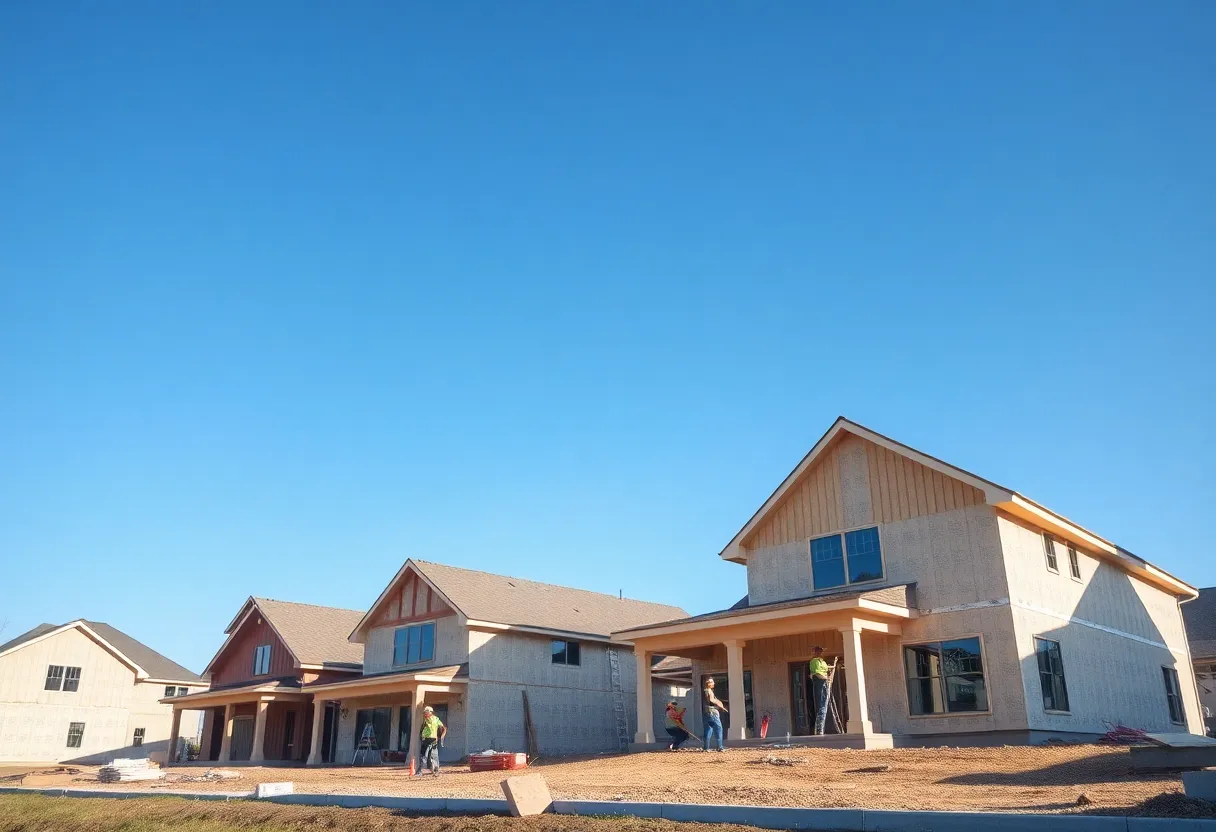News Summary
The wellness industry is undergoing a massive transformation, becoming a $6.3 trillion market that prioritizes total well-being, authenticity, and consumer engagement. With a shift towards quality over price and a rise in digital commerce, marketers are encouraged to utilize authentic storytelling and community-focused strategies to connect with consumers effectively. As innovation drives growth, the future of wellness looks bright and diverse.
Wellness Industry Makes Big Waves: A $6.3 Trillion Transformation
Have you noticed how much buzz there is around wellness these days? It’s not just a passing trend—it’s a movement that has truly taken hold and is now a whopping $6.3 trillion powerhouse. According to the latest reports, the wellness market is not only soaring but also growing at an impressive rate of 7% annually. People are shifting priorities, and wellness is at the forefront of their lives.
A Focus on Total Well-Being
In fact, you might be surprised to learn that more than 80% of consumers are making wellness a top priority according to a survey conducted by McKinsey & Company. This shift reflects a growing understanding that well-being is about more than just physical health—it’s a 360-degree view that flies across the spectrum: from physical fitness and mental health to emotional strength and financial wellness.
It’s fascinating to see how consumer behavior has evolved recently. People are moving away from decisions based solely on price and are now focusing on the quality of products and services. This attitude shift highlights a newfound appreciation for authenticity in wellness solutions.
Marketing in the Wellness World
Now, let’s talk marketing. Despite the fact that a staggering 83% of consumers turn to search marketing for wellness solutions, only 26% of wellness companies are investing in this vital strategy, according to insights from the Health & Wellness Industry. This discrepancy illustrates a huge opportunity for businesses that are willing to step up their marketing game.
Marketers are being urged to get real. Authentic storytelling is a powerful way to connect with consumers on a deeper level, aligning product narratives with consumer values. It’s becoming clear that user-generated content—that’s right, real stories from real customers—is a fantastic way to boost credibility and promote wellness brands effectively.
Innovative Platforms and Personal Stories
But it doesn’t just stop there. Companies are encouraged to see themselves as expert resources. Think blogs, podcasts, webinars—the works! Sharing insightful content not only builds community but also enhances visibility across social media and search platforms.
Brands must focus on delivering genuine value rather than aiming for quick promotional wins. As the industry matures, having an authentic presence is more important than ever, especially when forming partnerships with influencers. Consumers today can easily spot inauthentic collaborations, so staying true to the brand message is crucial.
The Future is Bright—And Digital!
The wellness market is also getting high-tech. The U.S. health and wellness market is projected to exceed $1.5 trillion by 2025, heavily driven by digital commerce. A few key trends driving this success include a shift towards user-centric experiences, personalized marketing, and a strong focus on community engagement. It’s a bright future, and digital platforms are leading the charge!
New exciting developments like climate-adaptive practices and AI-driven innovations are on the horizon, according to the Global Wellness Summit. Such advancements are not only enhancing the wellness experience, but they’re also shaping the market’s landscape.
Embracing Diversity in Wellness
Interestingly, we’re also seeing a polarization in the wellness sector between high-tech (hardcare) and accessible, low-tech (softcare) solutions. This shift indicates that a variety of options will cater to differing consumer needs. New areas, like teen wellness, supplemental health products, and augmented biology for preventative health, are gaining attention as well.
The landscape is shifting to address challenges related to addiction—luxury treatment experiences and innovative products aimed at recovery are on the rise. Meanwhile, the Middle East is positioning itself as a high-end wellness destination, with substantial investments in wellness tourism and AI health services.
A Call to Authenticity
All things considered, companies that weave together authentic storytelling with community engagement will be the ones to thrive in this evolving wellness industry. As the wellness journey continues for many, sharing meaningful experiences and valuable insights is the way forward.
The world of wellness is exciting, transformative, and ready for anyone who wishes to embrace it. So let’s pay attention as this industry grows and evolves—we’re all in for an incredible ride!
Deeper Dive: News & Info About This Topic
HERE Resources
Ritter Center Launches Mobile Mental Health Van in Marin County
Exciting Changes at KC Global Media with New Digital Marketing Head
Web Design Trends Shaping New York City’s 2025 Landscape
UpSwell’s Exciting Acquisition: A Game Changer for SMBs!
Digital Silk Unveils Key Trends Driving Growth in California’s Health and Wellness Sector
Direct Selling Industry in the US Hits $36.6 Billion Amidst Diverse Growth Strategies in 2023
Colonel James William Forsythe Passes Away at 86
Coca-Cola Launches Simply Pop: A New Prebiotic Soda
Newman Elementary’s Library Transformed into a Learning Hub
The Buzzing Influencer Marketing Scene in San Francisco
Additional Resources
- Finn Partners: Wellness Marketing Insights
- Wikipedia: Wellness
- Newsfile: California Health and Wellness Trends
- Google Search: Wellness Industry
- Beauty Matter: Touchpoints of Wellness in 2025
- Encyclopedia Britannica: Health
- GlobeNewswire: Corporate Wellness Market Forecasts
- Google News: Wellness Trends
- Hotel Dive: Global Wellness Tourism
- Google Scholar: Wellness Marketing






